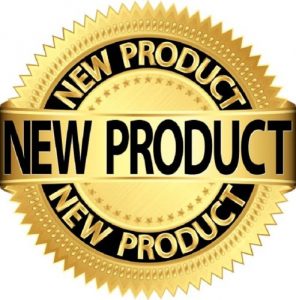Tips for Localizing Product Names
By Sarah-Claire Jordan
 At this point, everyone has probably heard of localization and globalization. This post will focus on the former, though the two ideas are very similar. Localization, to quickly review, is simply the process of making a product, service, or marketing campaign palatable and relevant to a particular public. This could mean Portuguese speakers in Brazil, Bengali speakers in India, or even Spanish speakers in the U.S. The point is to reach out to a target audience with relevant and culturally appropriate language and imagery.
At this point, everyone has probably heard of localization and globalization. This post will focus on the former, though the two ideas are very similar. Localization, to quickly review, is simply the process of making a product, service, or marketing campaign palatable and relevant to a particular public. This could mean Portuguese speakers in Brazil, Bengali speakers in India, or even Spanish speakers in the U.S. The point is to reach out to a target audience with relevant and culturally appropriate language and imagery.
This seems rather simple at first, but when you delve deeper you start to see where things can get a little tricker. For instance, there are times when it is best to keep the original product name, as it is already well known, and changing it or translating it into the target language would bring about more confusion than anything else. Everyone is already familiar with names like Facebook, YouTube, Apple, etc., so they can simply remain as they are.
If we are talking about a brand that is not considered a “global brand”, and that is more of a utility used to do just one thing, like many apps we use everyday, then the name of the product cannot be left in its original language. Since these kinds of products aren’t so common, and not everyone knows English, for example, so keeping the name in English in this case would not help in terms of marketing. No one in the target market would be able to figure out what the product was for based on the name, and less people are likely to start using the product.
Figuring out what to call your product so that it can be easily localized in the target market is a process that can take some time. A good rule of thumb to go by is to stick with names that are more descriptive and tell a potential user what the product is about, or what it is used for. These are easier to translate into other languages, as you simply have to find the equivalent words in the target language. A descriptive name is also easier for people to remember, increasing the likelihood that they will use a product after seeing an ad for it or hearing about it somewhere.
Besides being descriptive, a product name that is easy to localize should be short. This makes it easier to translate and to remember. The localized version of the product name should sound good in each language it has been translated into, so as to not put off any potential users due to strange or awkward sounds. The name should also be easy to read; this is not the time to experiment with quirky and artistic symbols replacing letters in a word, and similar things. The main goal is to get word out about the product, and to have people understand instantly what the product is for. Anything that interferes with that should be discarded.
Category: Business Translation








